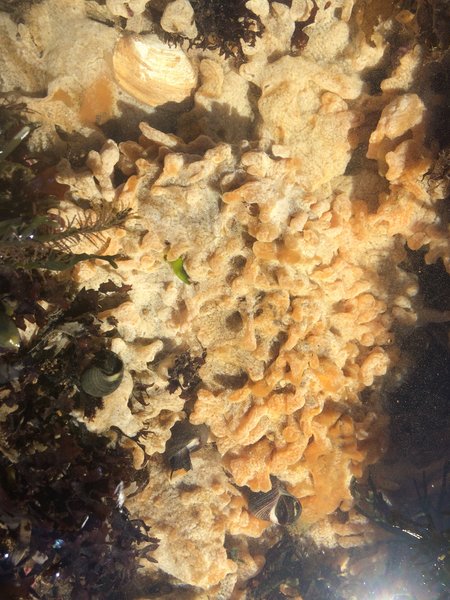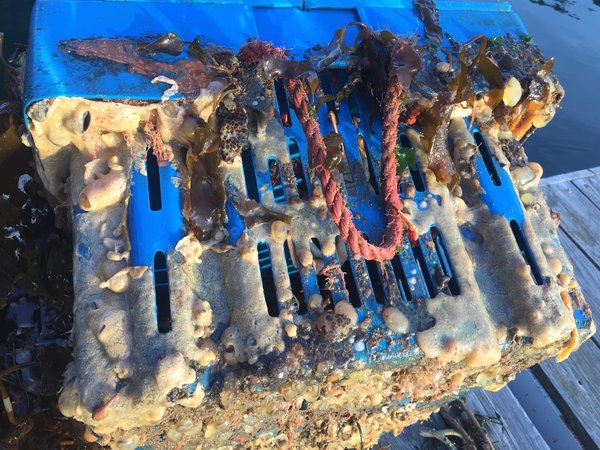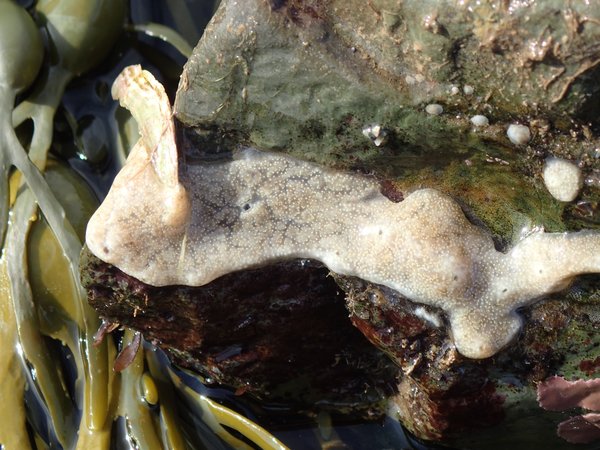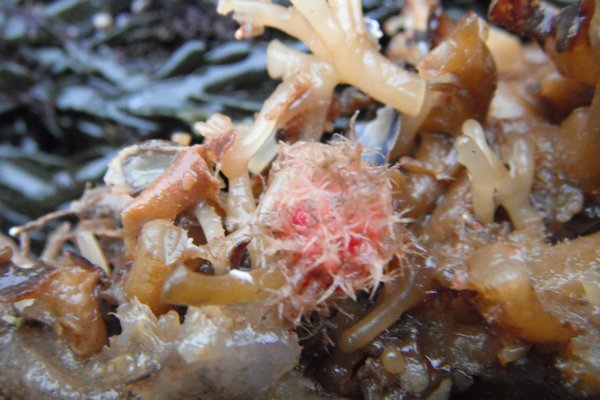 Image 1 of 4
Image 1 of 4

 Image 2 of 4
Image 2 of 4

 Image 3 of 4
Image 3 of 4

 Image 4 of 4
Image 4 of 4





White Crust (Didemnum albidum)
Common name: white crust tunicate
Scientific name: Didemnum albidum
Locations: found on rocks, floats, pilings, lines, buoys, mussel beds, kelp, & sea floor
Seasonality: available year round
Colors: mostly white in color but can also have a tan tinge
Size: 3" - 12" colonies
Collected: by hand, or with sharp knife or fingernails to peel off rocks
Quantity: sold by the each
Common name: white crust tunicate
Scientific name: Didemnum albidum
Locations: found on rocks, floats, pilings, lines, buoys, mussel beds, kelp, & sea floor
Seasonality: available year round
Colors: mostly white in color but can also have a tan tinge
Size: 3" - 12" colonies
Collected: by hand, or with sharp knife or fingernails to peel off rocks
Quantity: sold by the each
Common name: white crust tunicate
Scientific name: Didemnum albidum
Locations: found on rocks, floats, pilings, lines, buoys, mussel beds, kelp, & sea floor
Seasonality: available year round
Colors: mostly white in color but can also have a tan tinge
Size: 3" - 12" colonies
Collected: by hand, or with sharp knife or fingernails to peel off rocks
Quantity: sold by the each
This tunicate might fool you. It looks like it may be a sponge, or spilled pancake batter.
Tidepool Tim says, “If you are tide-pooling along the Maine coast and you find what looks like a huge gob of pancake batter stuck to a ledge or rock, you have found some white crust, an invasive colonial tunicate. These colonies are made up of hundreds of little zooids all living together. There are a couple different species and they are thought to have come from Japan decades ago on live shellfish brought to the U.S. like golden star these animals share a tunic or covering that allows them to grow together as one large mass - all filter feeding in unison.
Colors vary a bit, sometimes they are a bright white, tan, or even gray in color. I have seen them growing over seaweeds, on the tops of crabs' shells, and covering up live mussels as they grow in beds. At one time it was thought that these tunicates could not tolerate our cold water temperatures in Maine but now as oceans are warming settlement is occurring in eastern, Maine where we live and collect marine life.”






